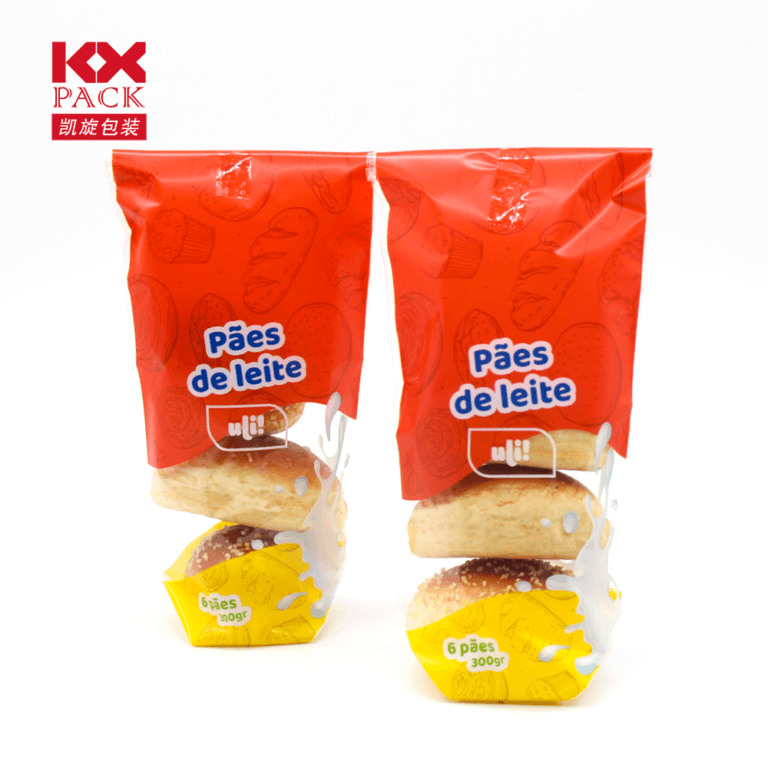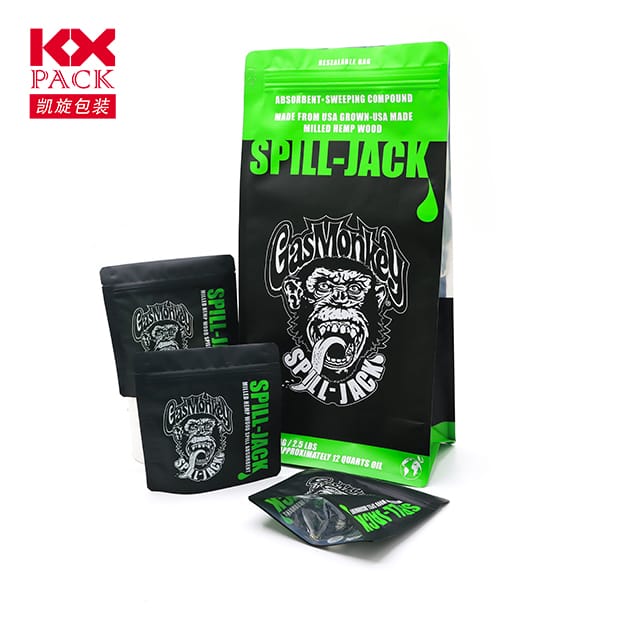Хоол хүнсний сав баглаа боодол дахь хуванцар хальсны давхар ирмэгийн илд: Ая тухтай байдал vs. Тогтвортой байдал
Хуванцар халуурсан хавч
In modern kitchens and supermarkets, plastic film for food-Миний боолт гэж нэрлэдэг, саналын боолт, эсвэл хоол хүнсний боолт нь үдээс болж хувирдаг. Түүний ил тод, царнхай, and atrathial шинж чанар нь шинэхэн төрлийг хадгалахад хамгийн тохиромжтой болгодог, Асгарахаас урьдчилан сэргийлэх, үлдэгдэл боож боох. Атал, Байгаль орчны асуудал, Энэхүү ubiquitious гал тогооны хэрэгсэл нь шалгаж байна. Ашиг тусыг судалж үзье, сул тал, and eco-friendly alternatives to plastic film in food storage.
1. Why Plastic Film Dominates Food Packaging
- Preservation Power: Plastic film creates an airtight seal, slowing oxidation and bacterial growth. This extends the shelf life of produce, meats, and cooked meals by days or even weeks.
- Байдал: From wrapping sandwiches to covering bowls, its flexibility allows it to conform to any shape.
- Зардлын үр ашиг: A single roll costs just a few dollars and can last months, making it a budget-friendly choice for households and restaurants.
- Hygiene: Transparent and disposable, it reduces cross-contamination risks compared to reusable containers that may not be cleaned thoroughly.
2. The Environmental Toll of Plastic Film
Despite its convenience, plastic film poses significant environmental challenges:
- Non-Biodegradable: Most plastic films are made from polyethylene (PE), a petroleum-based material that takes 500+ жил to decompose.
- Microplastic Pollution: When discarded improperly, it fragments into microplastics that infiltrate soil, waterways, and even human food chains.
- Recycling Barriers: Many curbside recycling programs don’t accept plastic film due to contamination risks. Зөвхөн 4% of U.S. plastic wrap is recycled annually (EPA, 2021).
- Single-Use Culture: The average household uses 1,500 plastic bags/wraps yearly, most of which end up in landfills or oceans.
3. Eco-Friendly Alternatives to Plastic Film
The good news? Sustainable swaps are readily available:
А. Beeswax боолт
- Материал: Beeswax дээр бүрсэн хөвөн даавуу, jojoba тос, and tree resin.
- Тал нь: Reusable for up to a year, бордоо, and naturally antibacterial.
- Best For: Wrapping cheese, сэндвич, or covering bowls.
- Drawback: Not vegan-friendly and melts near heat.
Б. Силикон хоол хүнсний бүрхүүл
- Материал: Food-grade silicone (a synthetic rubber).
- Тал нь: Dishwasher-safe, reusable for years, мөн дулаан тэсвэртэй (great for sous-vide cooking).
- Best For: Stretching over bowls, хувьмаг, or half-cut produce.
- Drawback: More expensive upfront (10–20 per set).
C. Reusable Fabric Covers
- Материал: Cotton or linen with a waterproof lining (Жишээ нь e., PUL fabric).
- Тал нь: Machine-washable, customizable in size, and breathable for produce.
- Best For: Storing bread, herbs, or covering dough during rising.
Д. Шилэн эсвэл зэвэрдэггүй ган сав
- Тал нь: Airtight, leak-proof, and infinitely recyclable.
- Best For: Meal prepping, leftovers, and freezer storage.
4. How to Reduce Plastic Film Waste Today
Even if you’re not ready to ditch plastic film entirely, small changes can make a difference:
- Reuse: Wash and dry plastic wrap gently to reuse it 2–3 times.
- Recycle Right: Check local programs for drop-off locations that accept plastic film (Жишээ нь e., grocery store bins).
- Бөөнөөр худалдаж авах: Avoid pre-wrapped produce; bring reusable mesh bags to the store.
- DIY Alternatives: Use a damp paper towel to keep greens fresh or store leftovers in jars.
5. The Future of Food Packaging
Innovations are emerging to bridge convenience and sustainability:
- Загварлаг кино: Made from starch or seaweed, Эдгээр боолтыг идэж эсвэл бордоо хийж болно.
- Plant-Based Plastics: Biodegradable films derived from corn or sugarcane are entering the market.
- Smart сав баглаа боодол: Sensors embedded in films could soon detect food spoilage, Хог хаягдлыг бууруулах.
Шилдэг бодоно: Balance Is Key
Plastic film’s role in food safety and preservation is undeniable, but its environmental impact demands action. By opting for reusable alternatives when possible and disposing of plastic responsibly, we can protect both our meals and the planet.
What’s your go-to plastic film alternative? Share your tips in the comments below—let’s inspire each other to make sustainable swaps! 🌍🥪
Давхар суртах: EPA, National Geographic, and sustainability blogs like Treehugger.







